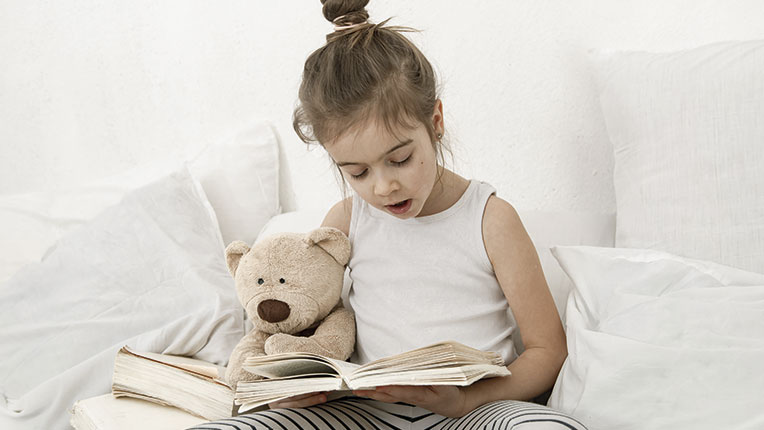Classic tales are an important part of children’s literature and have been read and enjoyed by generations of children and adults. However, these tales are now being questioned for their content and impact on today’s youngsters. Some argue that the classics are sexist, racist and promote gender and social role stereotypes, while others argue that they are an important part of a child’s education and development. In this article, we will analyse the importance of the classics in children’s education and the impact they have on today’s society.
The educational value of classic stories
Classic tales are a form of literature that has been passed down from generation to generation and have great educational value. These tales can help young people develop reading and writing skills, as well as improve their vocabulary and language comprehension. In addition, classic stories can help young people develop critical thinking and problem-solving skills, as many of them present situations in which characters have to confront problems and find solutions.
Another reason why classic tales are important in the education of young people is that they can teach important moral and ethical lessons. Many classics, such as Cinderella or The Ugly Duckling, teach values such as perseverance, humility and compassion. These values can be useful for young people in their daily lives, helping them make ethical decisions and to behave responsibly and respectfully.
Finally, classic stories can also help young people understand and appreciate their culture and heritage. Many of these stories are part of the tradition and history of a country or region, and are often a way to maintain and transmit the culture and identity of a people.
The impact of classic stories on today’s society
Although the classics have great educational and cultural value, some argue that their content is sexist and racist, and can promote gender and social role stereotypes. For example, many classic tales portray women as victims who need to be rescued by men, while others portray characters of colour in a stereotypical or racist manner.
However, many experts argue that these stories should be read and discussed with young people, and that their content can be used to encourage critical thinking and reflection on today’s society. Rather than simply rejecting these stories because of their content, it is important to analyse and discuss their meaning and impact on today’s society.
For example, rather than simply ignoring the gender stereotypes present in the classic stories, they can be used as an opportunity to discuss and reflect on the role of gender in our society today. By analysing the female characters in classic tales, young people can understand how women have been represented in the past and how this has influenced our culture today. Likewise, classic tales are an opportunity to discuss issues of diversity and representation, and how we can improve the representation of different groups in literature and culture.
In addition, classic tales can also be used as a tool to foster empathy and understanding for others. By reading and discussing classic stories that feature characters from different cultures and backgrounds, young people can learn about diversity and the importance of respecting and valuing differences among people.
How to promote the reading of classic stories for today’s youth
To promote the reading of classic stories for today’s youth, it is important to consider its relevance and young people’s interests. Rather than simply presenting the classic as a school assignment, creative and engaging teaching techniques can be used to foster interest and understanding.
One way to do this is through the adaptation of classic tales into modern formats, such as films, television series or interactive games. These adaptations can be a way of bringing classic stories closer to today’s youth and presenting them in a more attractive and accessible way.
Another way to encourage the reading of classic stories is through reading aloud and group discussion. By reading classic stories aloud and discussing them as a group, understanding and interest in the story can be fostered, as well as reflection on their meaning and relevance in today’s society.
Finally, it is important to keep accessibility and inclusion in mind when choosing classic stories. When choosing which classics to read and discuss, consideration should be given to the diverse cultures and backgrounds of young people, as well as the inclusion of different perspectives and experiences.
In conclusion, the classics are an important part of children’s literature and have great educational and cultural value. Although some argue that their content is sexist and racist, and promotes gender and social role stereotypes, it is important to analyse and discuss these stories with young people to encourage critical thinking and reflection on today’s society. In addition, it is important to promote the reading of classic stories through creative and engaging teaching techniques, as well as the inclusion of different perspectives and experiences.
